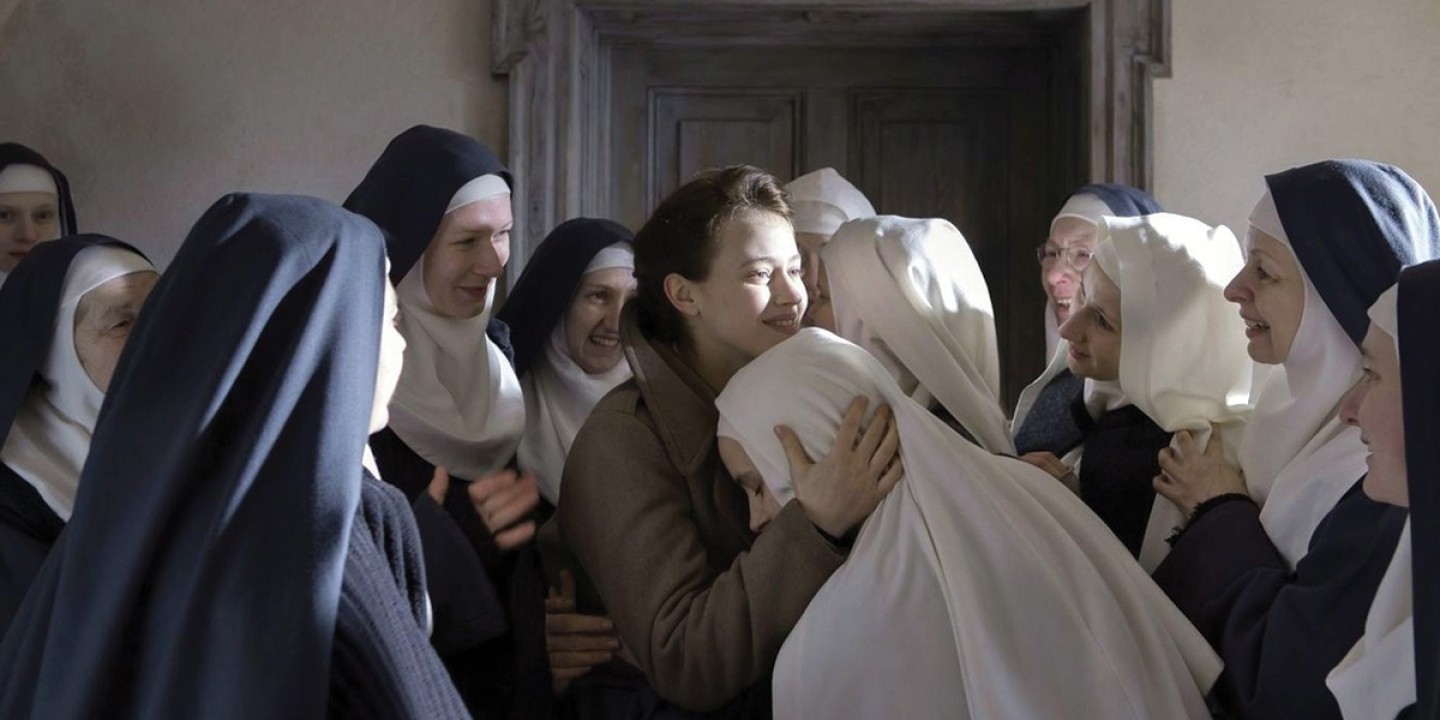A look at faith in film over the last decade
At a time of rapid secularization, filmmakers seem intrigued—if sometimes also repelled—by religion.

We live in an age of remarkably impressive films about religious faith. A survey of just the past decade reveals multiple presentations that would have to be included in any list of the greatest films ever made about Christianity or on Christian themes. At a time when many advanced countries are secularizing rapidly, filmmakers seem intrigued—if sometimes simultaneously repelled—by faith.
Many of these modern classics deal very sympathetically with belief and believers, and specifically with monks and religious orders. Paradoxically, societies that strenuously exclude faith from everyday life are fascinated by religious experience that happens in strictly defined contexts. Cloistered settings allow for the exploration of agonizing Christian dilemmas about suffering and divine justice.
Read our latest issue or browse back issues.
France, the birthplace of secularism and laïcité, produced Of Gods and Men (2010), about the heroic monks martyred by jihadis in Algeria. It’s arguably the greatest Christian film of modern times. From the same country, The Innocents (2016) depicts a Polish convent in the aftermath of World War II after many of the nuns have been raped by Soviet soldiers. Another convent provides the setting for the much-praised Polish film Ida (2013), about a Catholic nun discovering her lost Jewish identity. In the United States, Martin Scorsese gave us the unforgettable Silence (2016), about Jesuit martyrs in Japan.
Apart from such admiring portraits of courageous monks and mystics, however, the tone of coverage changes radically. Christianity is often presented in a way deeply unflattering to any kind of institutional faith. Plenty of films address fringe and sectarian forms of religion, often ones that are fanatical, oppressive, or otherwise dangerous. We see this perspective in the German film Stations of the Cross (2014), about an intolerant ultra-Catholic sect, and in the dark British film Apostasy (2017), about Jehovah’s Witnesses shunning and excluding their dissident followers.
Meanwhile, the topic of sexual abuse by clergy has generated something close to a genre of its own. “Abuse films” have proliferated in multiple Catholic or formerly Catholic countries, including Chile, Mexico, and Spain. They are usually made by directors who themselves passed through Catholic schools. Sometimes these productions offer fairly straightforward tellings of the investigation and exposure of criminal activities and the activism of victims. One recent example in that mode is By the Grace of God (2018), by François Ozon, one of the most prestigious French directors. Another candidate for cinematic greatness is the Chilean film The Club (2015), in which a remote seaside house serves as a refuge for disgraced clergy. The Irish Calvary (2014) depicts an innocent priest murdered for the sins of his abusive church.
Matters are different in Eastern European countries where Christianity, and especially Catholicism, remain deeply rooted in social institutions. In these settings, art still has the capacity to shock and divide. In 2018, the Polish film Clergy (Kler) generated something like a cultural crisis in that country. In a land where religion is deeply intertwined with national identity, the film showed multiple forms of clerical misconduct and concealment, with priestly crimes ranging from child sexual abuse to misconduct with adult women, to embezzlement and alliances with organized crime. The resulting controversy sparked calls for the film to be banned, but it also encouraged many complaints of actual abuse to be reported and publicized.
It appears that apart from monastic settings, churches are generally seen as threatening and deeply suspect places. Even with all the nightmarish images, however, filmmakers keep returning almost despite themselves to core elements of the Judeo-Christian story. I would highlight two examples, each quirky and far removed from traditional Hollywood Bible epics. The bizarre French-Belgian comedy The Son of Joseph (2016) shows a son searching for his father in a narrative explicitly following a biblical structure, drawing both on the story of Abraham and Isaac and the Nativity. In its weird way, we might call it a parable. Also set in the present day is The Blind Christ (2017), a visually gorgeous Chilean film focused on another kind of quest. After receiving a revelation, a young man—Christ or a prophet?—has to cross a desert to undertake a healing miracle, and his journey involves encounters with many ordinary people, and the stories they tell.
As we enter the second century of Christian cinema, after an especially vibrant decade of cinema, we can say that filmmakers, while anything but uncritical of the faith, still find it a rich vein to mine.
A version of this article appears in the print edition under the title “A good decade for religion in film.”






